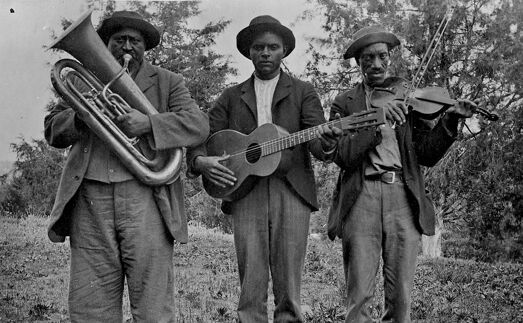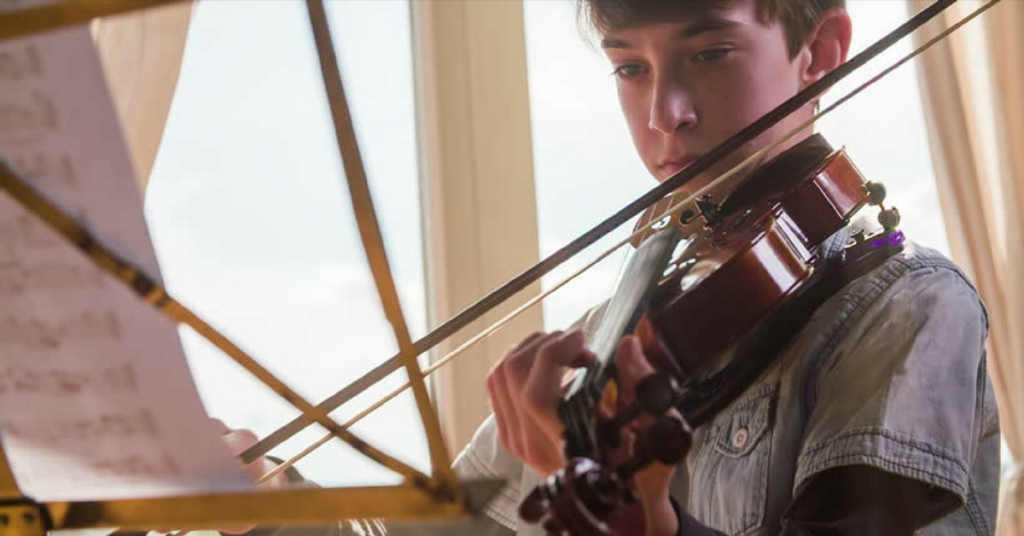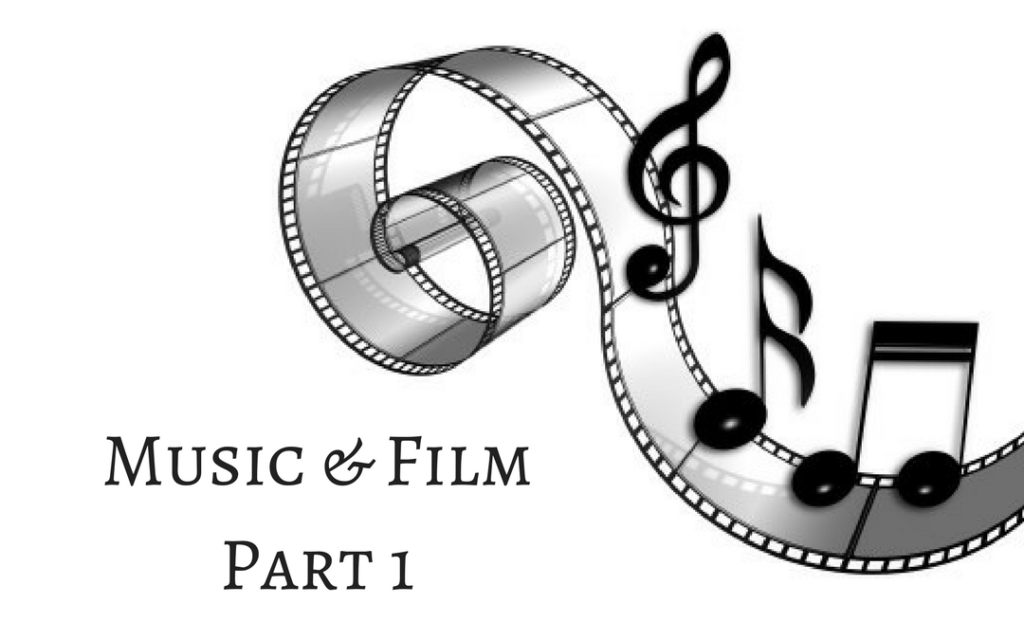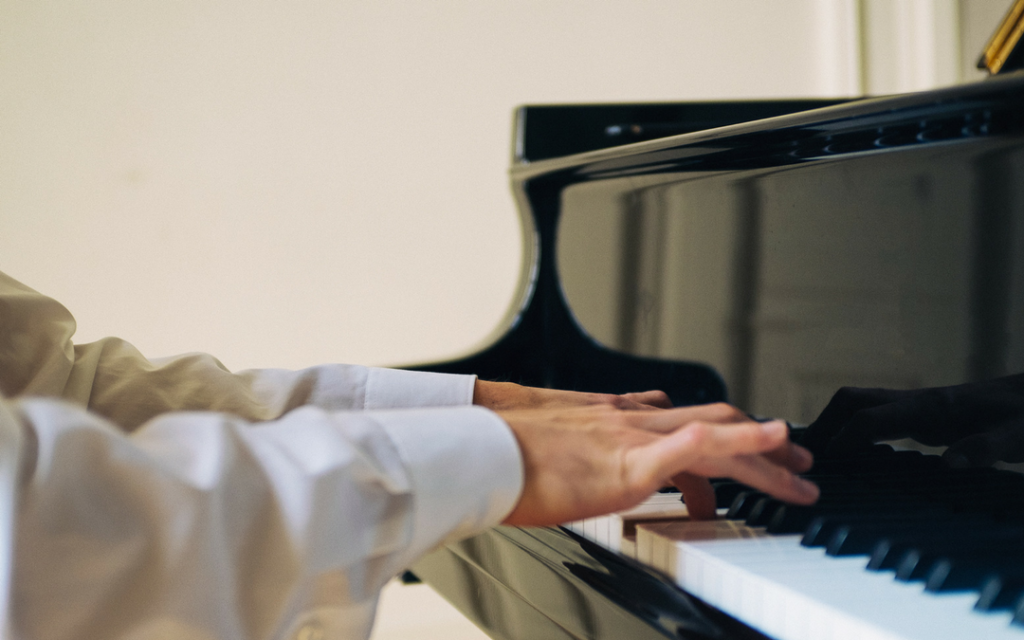African American Appalachian Music
Upon watching the prequel, “The Hunger Games: The Ballad of Songbirds and Snakes1,” I found myself fascinated with the fictional band from the movie known as the Covey2. They are rumored to be inspired by, but not limited to, the people of Appalachia.
Who and what defines Appalachian music?
Appalachian music can be described as many genres such as folk, blues, ballad singing, bluegrass and gospel. The instruments can vary from items like spoons and washboards to a mandolin, banjo, fiddle or dulcimer.
Contrary to popular belief, Appalachian music “does not belong solely to the region’s white inhabitants3.” Instruments like the banjo4 and fiddle5 are recognized in our society as “a product of whiteness” but are instead “a tradition identified with blackness6.”
It’s not entirely convenient to discover anyone other than White Appalachian music. You have to actively do a little digging for it and if you’re like me, it’ll take you down a rabbit hole.
Upon my search for this music, I found some artists that utilize the genres that define Appalachian music.
Mississippi Fred McDowell with “You Got to Move7” which you may have heard before with The Rolling Stones8. Fred McDowell is a blues singer from Tennessee despite his stage name.
Etta Baker and Cora Phillips with “Broken Heart Blues9.” Etta Baker is a folk and blues singer from North Carolina.
Marty Robbins with “Saddle Tramp10” which incorporates ballad singing very similar to Lucy Gray’s singing in the prequel to “The Hunger Games.” Coincidently Robbins even has a version of “The Hanging Tree11” on his album “Gunfighter Ballads and Trail Songs12.” Robbins is a country singer; however, he was from Arizona so not around the Appalachian region.
Elizabeth Cotten with “Ain’t got no honey baby now13.” Elizabeth Cotten is a blues and folk singer from North Carolina.
If you’re interested in present day and not predominantly White Appalachian singers, Dr William Turner and Dr. Ted Olsen are featured on the “Smoky Mountain Air14” podcast where they frontline these musicians within their segment titled, “Sepia Tones: Exploring Black Appalachian Music15.”
- https://www.imdb.com/title/tt10545296/
- https://open.spotify.com/track/4ck5SWSXlSUVHhYjq9Cb8L?si=25448308aff14803
- https://repository.lib.ncsu.edu/server/api/core/bitstreams/c44bee80-715b-4c28-b879-ebac9c1b1a41/content
- https://banjo.emerson.edu/
- https://bittersoutherner.com/history-of-the-banjo
- https://www.cambridge.org/core/journals/journal-of-the-society-for-american-music/article/misrepresentation-of-african-american-music-the-role-of-the-fiddle/63166A546740B55B8D3E845ACEB33C7C
- https://open.spotify.com/track/1HlMfP9YPMsX1ix047RaR8?si=5024d21ee587444f
- https://open.spotify.com/track/4uhJps8XVlPZbdI5ZArAUO?si=753612acb6054bfe
- https://open.spotify.com/track/4mNJpwm73O21PbWpasUMIC?si=640948c679ba4dd3
- https://open.spotify.com/track/68FTJoO8edSpzuYb6lGW6P?si=0ad69b09781d4052
- https://open.spotify.com/track/4iJr2NWIV27oktDKhXB6fC?si=a49c2bf09d49402c
- https://open.spotify.com/album/3kQpBS26lAj0A0VGl1snRl?si=1M6ELRL1QxmmB0ewE1s7Lw
- https://open.spotify.com/track/4E0euZb5FEG34FMrY733vd?si=605b4bd5d8f847e5
- https://open.spotify.com/show/6i6vqDMgAjOEetcWV0Qzia?si=6c1c1271fc804115
- https://open.spotify.com/episode/5GLZ1XDeFcq9My8TT0j2xY?si=dIlpNYmoQpWYFrYusEYTuQ
- Image of Three men standing holding instruments from W. O. Garner Photograph Collection




